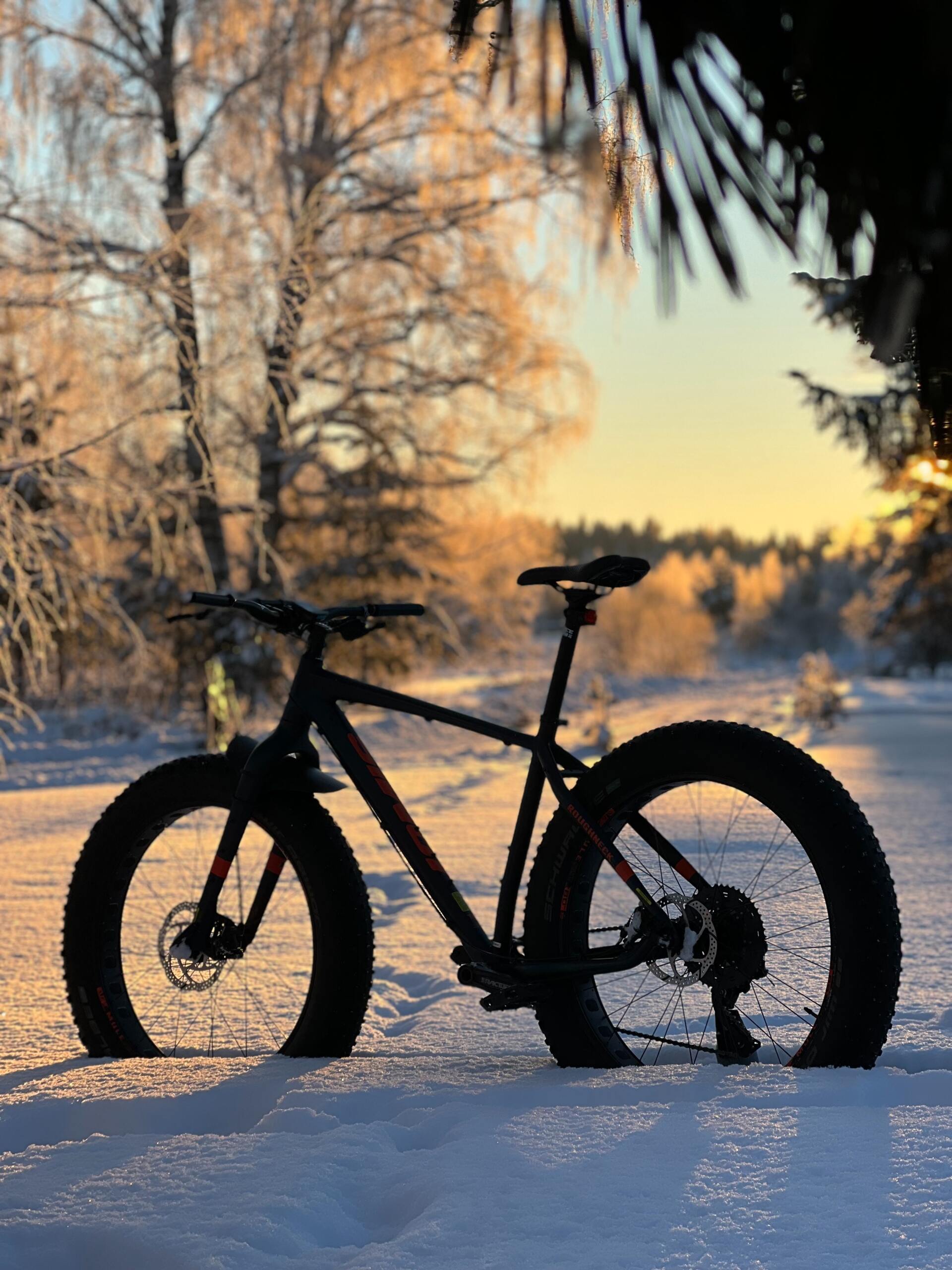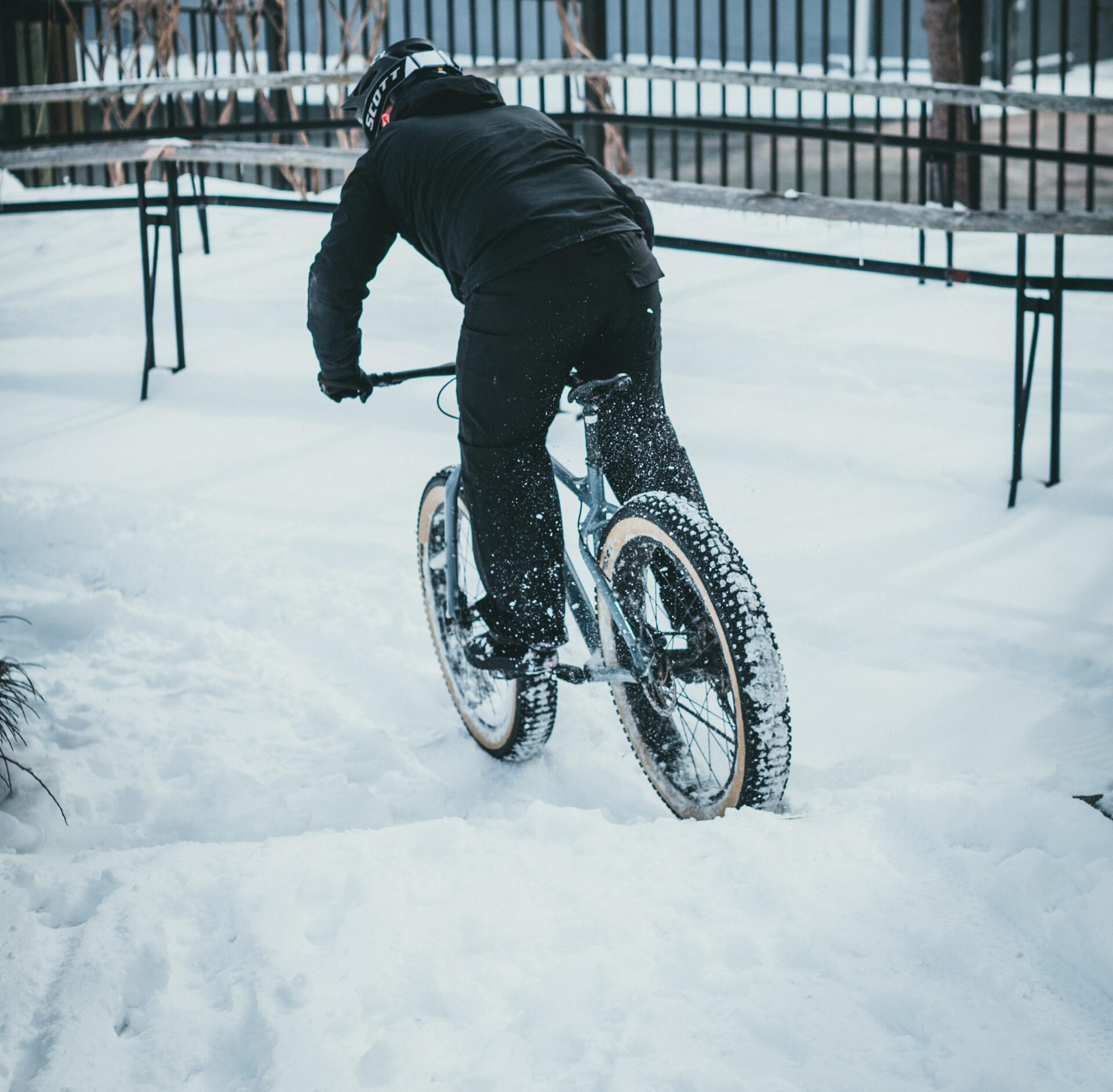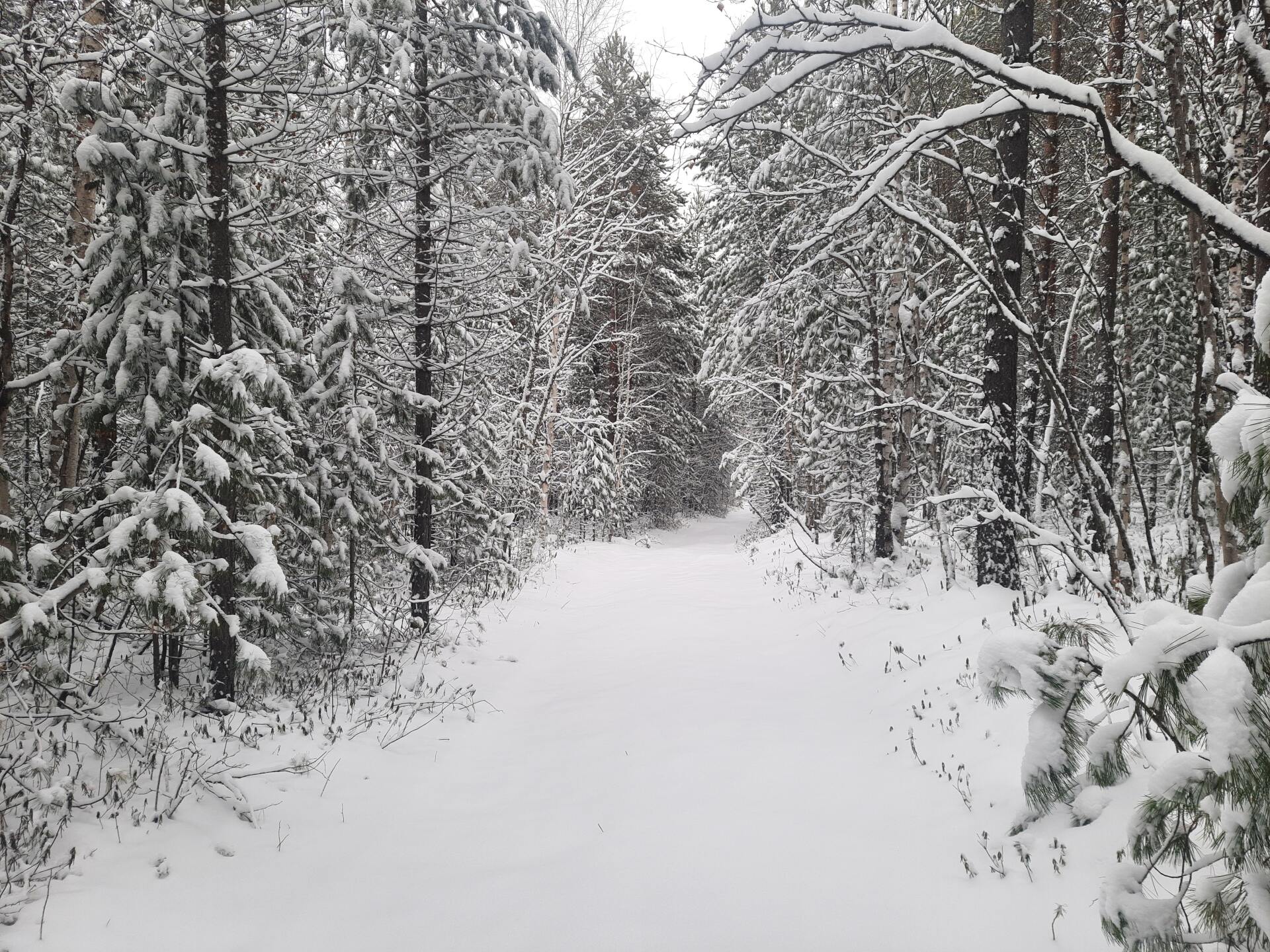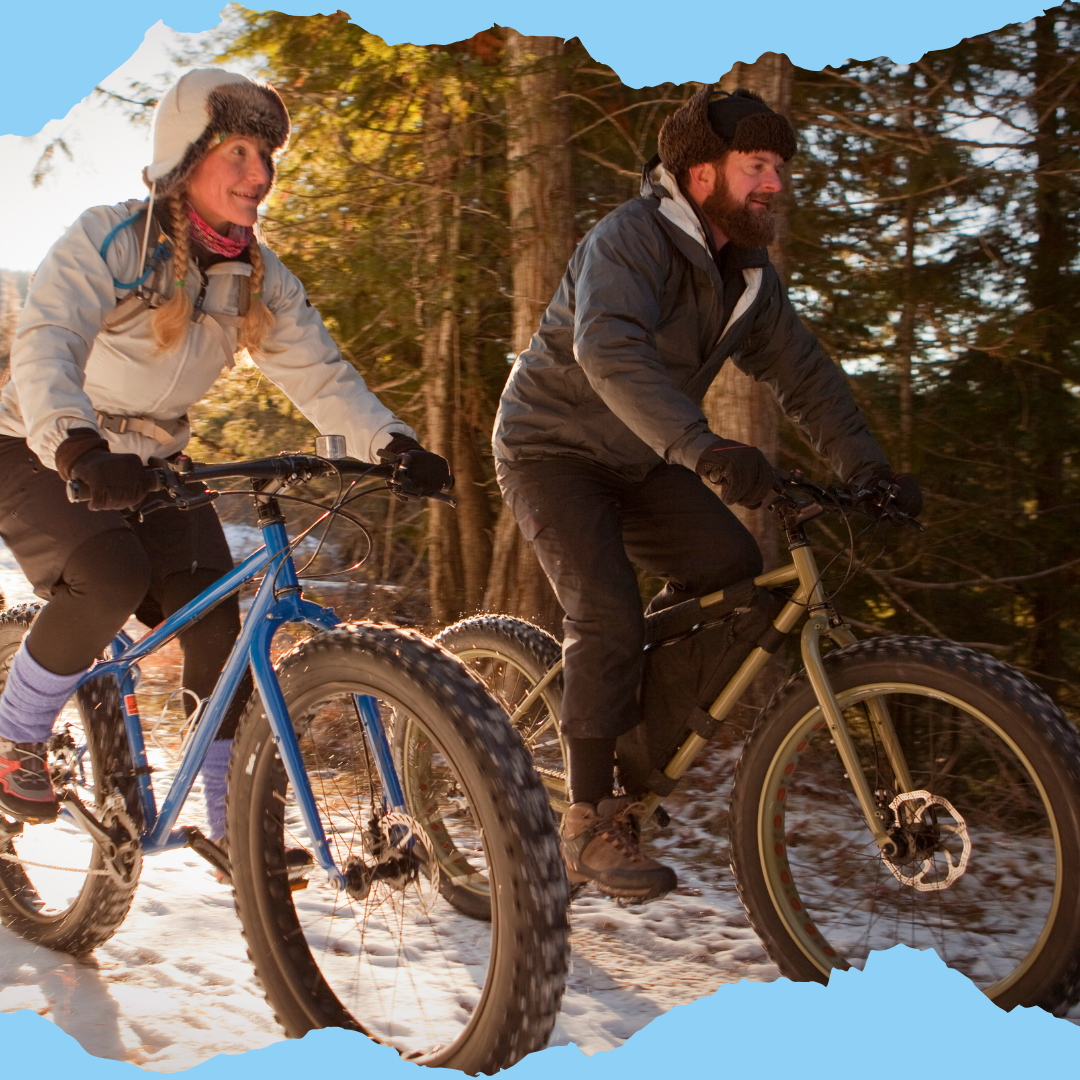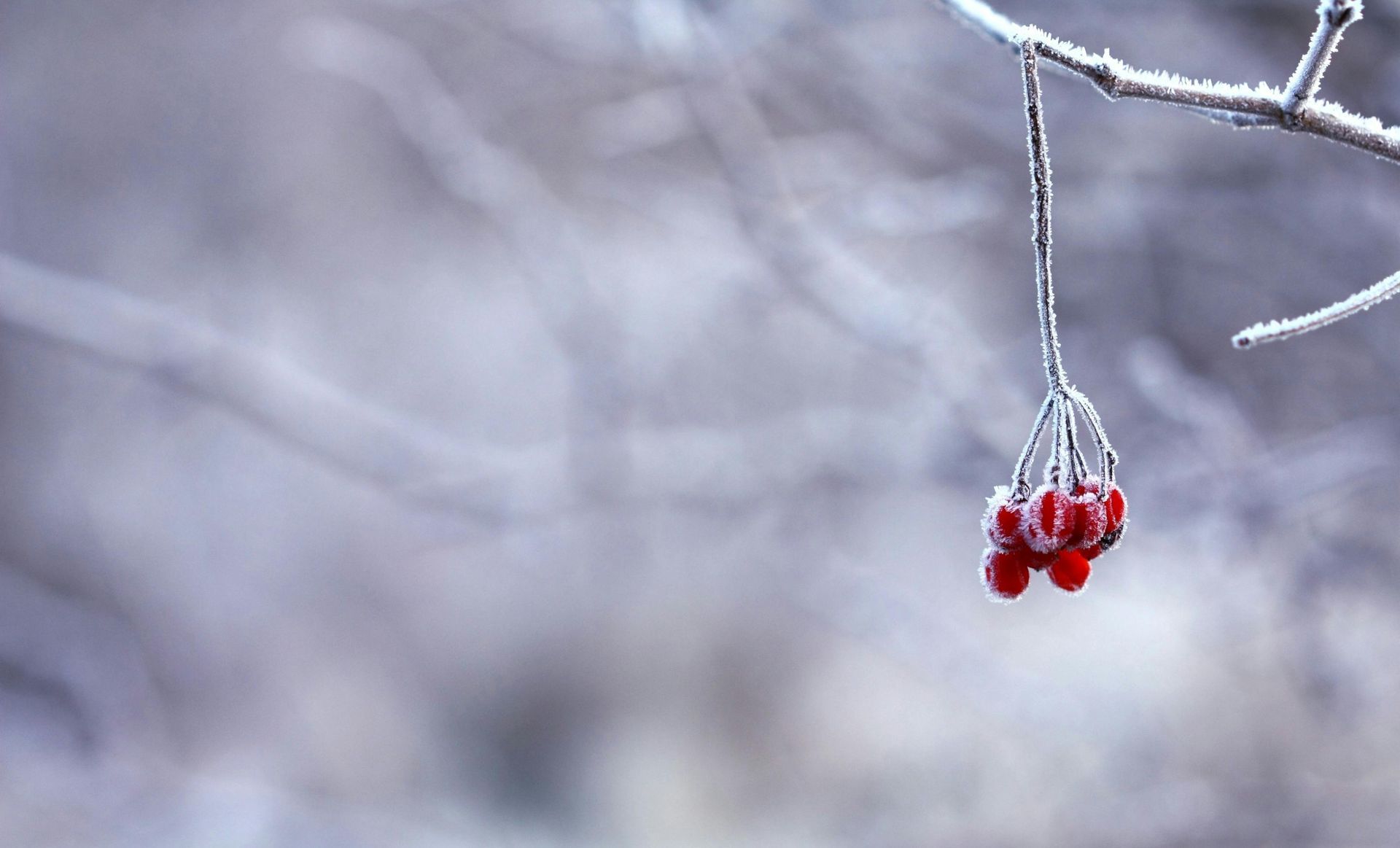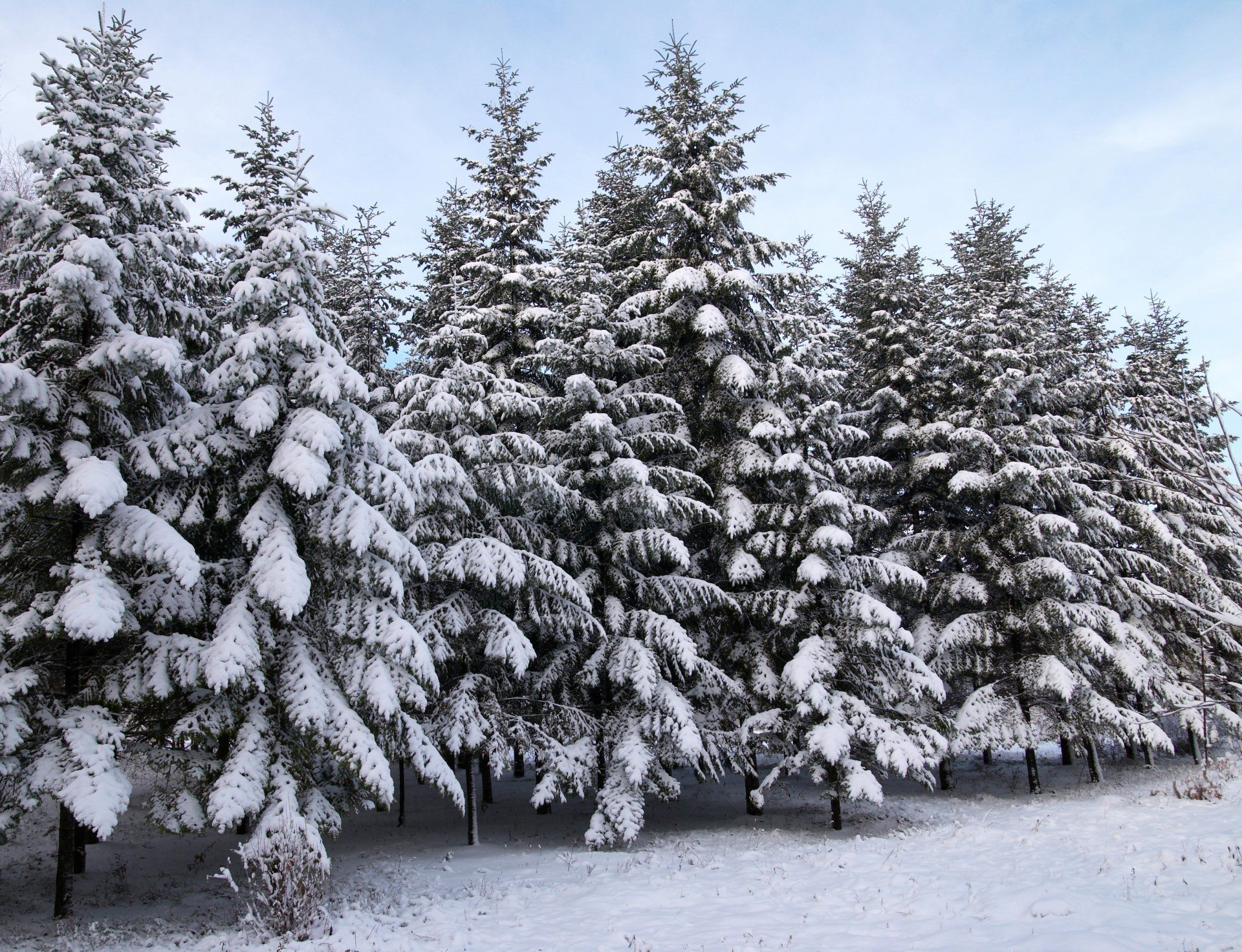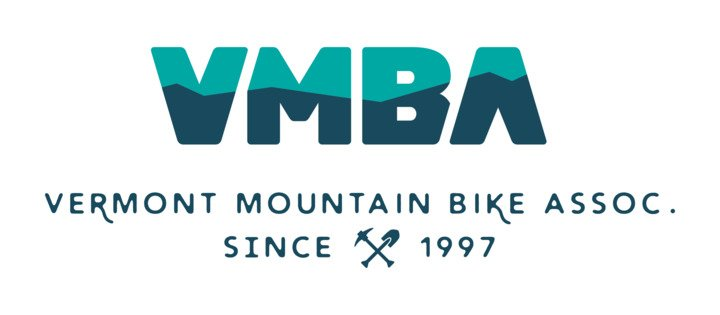winter fatbiking: tips for beginners
Winter fatbiking can be a thrilling and rewarding activity, but it can also be intimidating for beginners. Here are some tips and tricks to help you get started and enjoy your winter fatbike rides:
Invest in the right gear:
Fatbiking in the winter requires specialized equipment to keep you warm, dry, and safe. Make sure to invest in a good quality fatbike, winter clothing, and accessories like gloves and face masks. Consider investing in studded tires for better traction on icy and snowy trails.
PLAN YOUR ROUTE:
Choose trails that are groomed and maintained for fatbiking. Avoid trails that are too steep or have a lot of obstacles, as they can be difficult to navigate with a fatbike. It's also a good idea to check the weather forecast before you head out and be prepared for any changes in the conditions.
WARM UP BEFORE YOU RIDE:
Cold temperatures can make your muscles stiff and prone to injury. Make sure to do a proper warm-up before you start riding to loosen up your muscles and get your blood flowing.
TAKE IT EASY:
Fatbiking in the winter can be more physically demanding than in other seasons, so it's important to listen to your body and take breaks when needed. Don't push yourself too hard, especially if you're a beginner.
stay hydrated:
Just because it's cold out doesn't mean we should skimp on water. It's important to stay hydrated to avoid dehydration. Carrying a water bottle or hydration pack can make a huge difference in your energy levels and could help keep you on the trails longer.
know when to call it quits:
Fatbiking in the winter can be challenging, especially if you're a beginner. Don't be afraid to turn back if the conditions are too difficult or you're not feeling comfortable. It's better to be safe than sorry.
Have Fun!
Winter fatbiking can be a lot of fun, so don't take it too seriously. Embrace the challenge and enjoy the beauty of the winter landscape.
